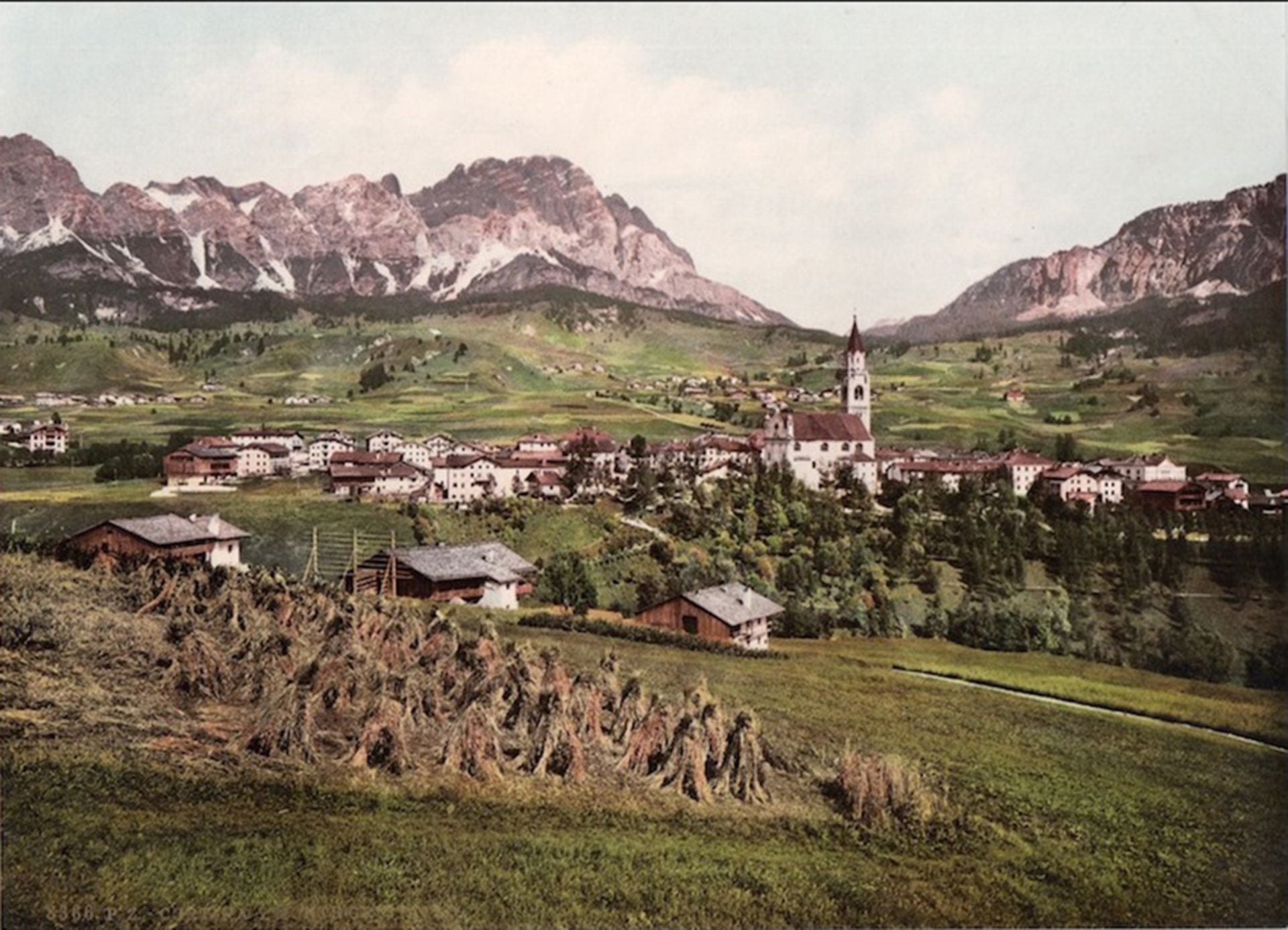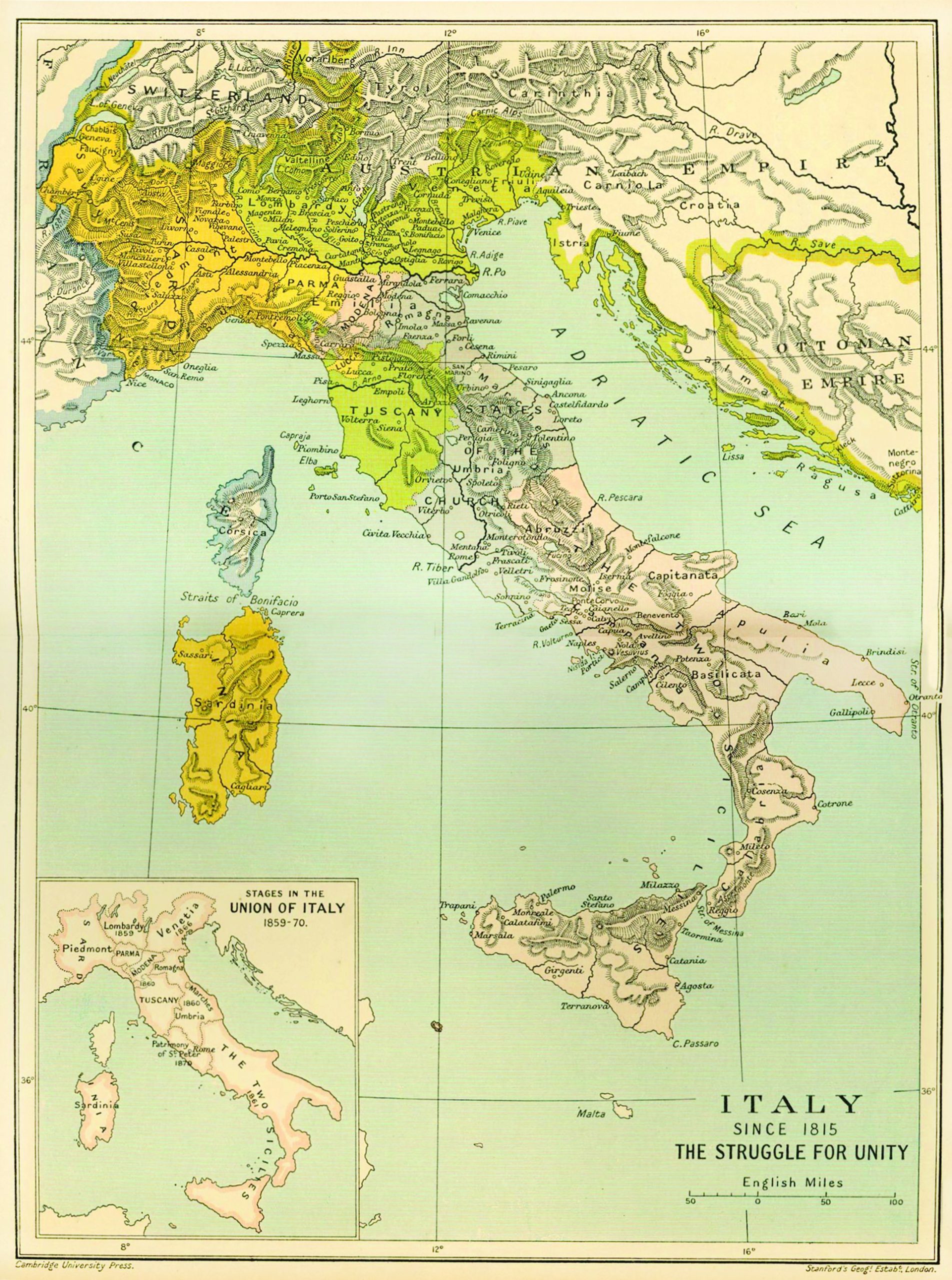Leaving home: why did they go?
The story of why an Italian settlement was established here in the late nineteenth century starts in another place – the Veneto region in north eastern Italy.
While renowned for its diverse beauty, Veneto was also a place of great rural poverty. Beyond the famed metropolis of Venice, the majority of its people were poor agricultural workers; independent peasant farmers, share-croppers or landless day labourers.
Much of the nineteenth century was filled with warfare and political instability. The unification of Italy – called the Risorgimento – brought increased taxes and a loss of independence to the proud Veneti, who had their own language and customs.
High population growth caused increased landlessness amongst peasant farmers. There was widespread crop failure, flooding and the terror of earthquakes.
From the time they were pulled into a unified Italy in 1866, the Veneti increasingly looked for other options. They had a long culture of mobility, where family members worked for extended periods across the mountains into Austria. Now they looked to migrate further afield to ease the burden of poverty and constraint.
It was into this unsettled economic and social climate that the Marquis de Rays, a French nobleman, sent his agent with tales of a bright future in a tropical colony called La Nouvelle France. Here the unique story of New Italy starts to unfold.
Unlike the usual pattern of Italian migration where a single male or small family unit left, often planning one day to return home, the Marquis de Rays’ expeditioners meant to leave for good.
They left in extended family groups, from newborns to grandparents in their sixties, intent on creating a permanent home together in a new land.

<< (1) A Place Full of Stories


